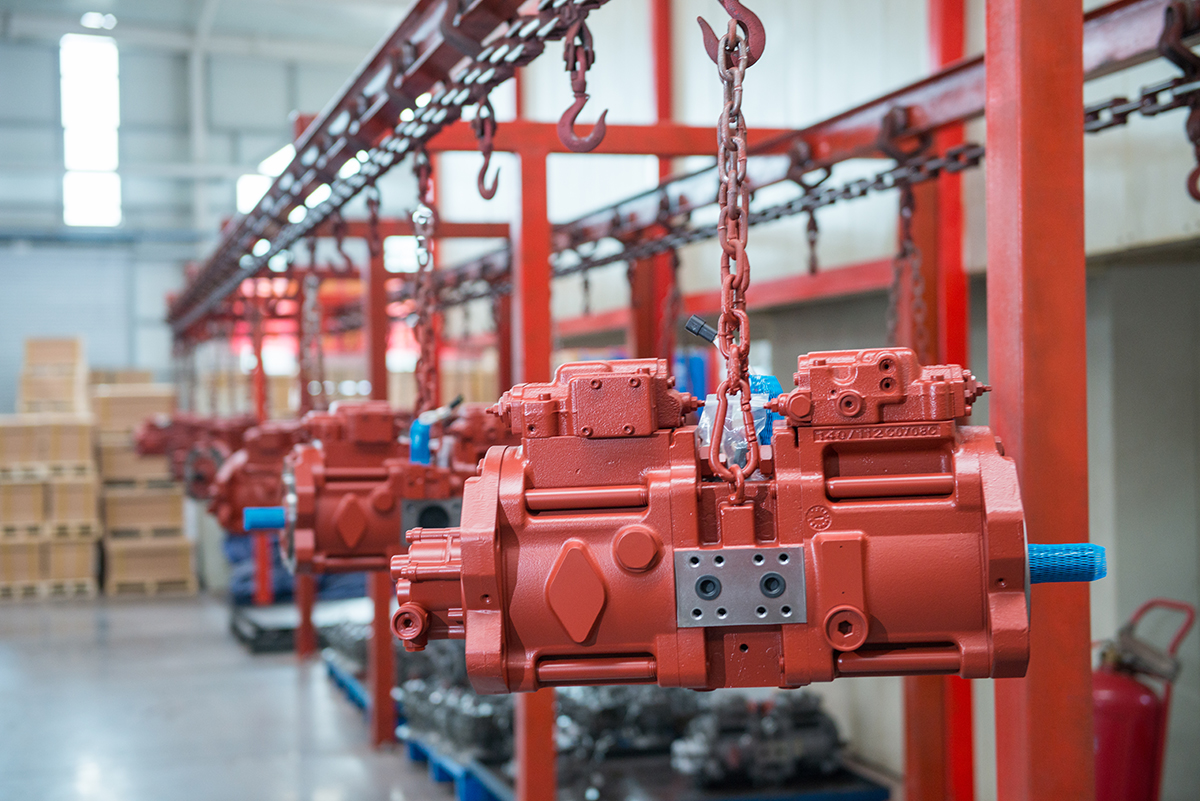What is an actuator? The basic hydraulic system includes oil tank, pump, control valve, oil cylinder, connecting line and relief valve. The cylinder is the actuator. Actuators
are hydraulic system components that output power. Actuators convert hydraulic energy into mechanical energy. There are two types of actuators: linear and rotary.
Hydraulic cylinders are linear actuators. It outputs force and linear motion. The hydraulic motor is the rotary actuator, which outputs torque and rotary motion.

Hydraulic cylinders are divided into single-acting cylinders and double-acting cylinders:
Single acting cylinder. Pressurized fluid can only enter one end of the cylinder. An external force such as gravity must be used to push the piston to its original position in the cylinder.
Double acting cylinder. Pressurized fluid can enter either end of the cylinder, allowing the piston to work in both directions.
Hydraulic motors are divided into three types: gear motors, impeller motors, and plunger motors.
Like cylinders, hydraulic motors are actuators, a type of rotary actuator. The action of the hydraulic motor is the opposite of that of the pump. The pump outputs the fluid, and the hydraulic motor is driven by this fluid. The hydraulic pump converts mechanical energy into pressure energy and kinetic energy of the pressurized liquid. Hydraulic motors convert this hydraulic energy into mechanical energy. In hydraulic transmission, the pump and motor work together. The pump is mechanically driven and pushes the liquid to the motor. The liquid from the pump drives the motor, and the movement of the motor drives the mechanical linkage to work.